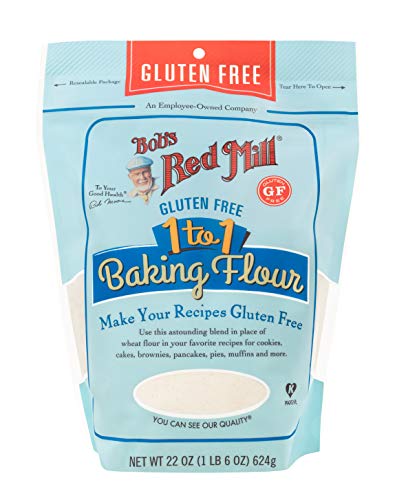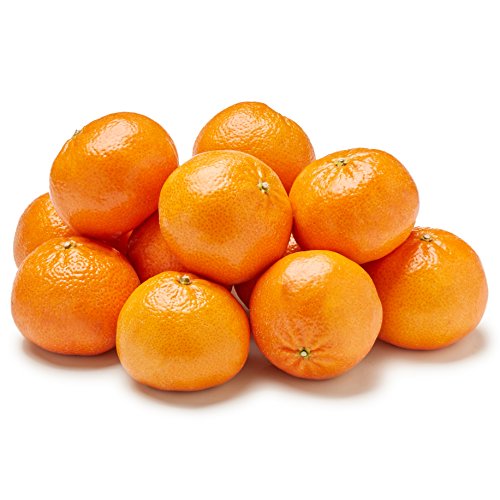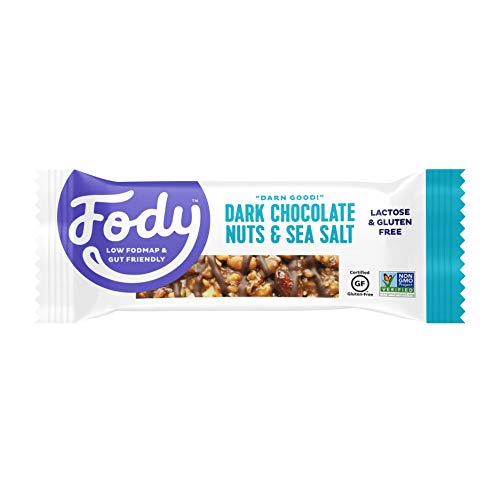The Dual Role of Substance P: Pain Perception and Gut Health
Substance P (SP) is a neuropeptide—sort of. It is a chemical messenger synthesized in and released from nerve cells in both the central (brain and spinal cord) and peripheral (everything outside of the brain and spinal cord) nervous systems. I say “sort of” because SP is also released in non-nervous tissue, such as immune cells like macrophages and eosinophils.
Understanding Substance P: The Pain Perception Messenger
Substance P plays several roles in physiology. Substance P’s function in the perception of pain is the most widely studied. Free nerve endings lay underneath the skin throughout our bodies and contain pain-sensing branches termed “nociceptors.” These nociceptors contain chemical packets called vesicles filled with SP and another neurotransmitter called glutamate. Glutamate is one of the main neurotransmitters, and nociceptors use glutamate to send pain signals to the brain. Substance P is thought to amplify the effect of glutamate on its receptors, in essence, strengthening the perception of pain signals in our brains.
Substance P's Impact on Gut Health and Inflammation
Substance P’s role in pain perception has been recognized for decades. More recently, researchers have uncovered that SP plays a role in gut health. Patients suffering from inflammatory diseases of the intestine, such as Crohn’s disease and Ulcerative Colitis, display a higher level of SP-containing nerve fibers in their gut, suggesting that SP plays a key role in promoting inflammation in these conditions. Higher levels of SP are related to more extensive tissue damage in inflammatory bowel diseases.
Further, SP may also promote the growth of new blood vessels, which is thought to be an important step in fat deposition. Thus, SP could play a pivotal role in the accumulation of fat deposits during the onset of obesity, colitis, and inflammatory bowel disease. Substance P isn’t all bad, though. The release of SP in the gut appears to promote tissue protection after acute damage, and it plays a role in regulating the composition of the gut microbiome. In sum, SP plays a pivotal role in the cross-talk between the gut and the nervous system regarding coping with inflammation and injury.
The Potential for Relief: Exploring Future Medical Treatments
So what does this all mean? For now, honestly, not much (sorry!). However, as researchers gain further understanding of SP's role in the interaction between immune cells, the gut, and the nervous system, there lies a great potential for future medical treatments. Specifically, understanding SP should unlock the potential for precisely targeted medical therapy to provide symptom relief for patients suffering from inflammatory bowel diseases. If you are currently suffering from inflammatory bowel disease, you should consult with a licensed medical provider to access the most effective treatments currently available.
- Conti, F., De Biasi, S., Giuffrida, R., & Rustioni, A. (1990). Substance P-containing projections in the dorsal columns of rats and cats. Neuroscience, 34(3), 607–621.
- Graefe, S. B., Rahimi, N., & Mohiuddin, S. S. (2023, July 30). Biochemistry, Substance P. In: StatPearls [Internet]. Treasure Island (FL): StatPearls Publishing; 2024 Jan-.
- Karagiannides, I., & Pothoulakis, C. (2009). Substance P, obesity, and gut inflammation. Current opinion in endocrinology, diabetes, and obesity, 16(1), 47–52.
- Patel, M., Valaiyaduppu Subas, S., Ghani, M. R., Busa, V., Dardeir, A., Marudhai, S., & Cancarevic, I. (2020). Role of Substance P in the Pathophysiology of Inflammatory Bowel Disease and Its Correlation With the Degree of Inflammation. Cureus, 12(10), e11027.
- Zhang, W., Lyu, M., Bessman, N. J., Xie, Z., Arifuzzaman, M., Yano, H., Parkhurst, C. N., Chu, C., Zhou, L., Putzel, G. G., Li, T. T., Jin, W. B., Zhou, J., JRI Live Cell Bank, Hu, H., Tsou, A. M., Guo, C. J., & Artis, D. (2022). Gut-innervating nociceptors regulate the intestinal microbiota to promote tissue protection. Cell, 185(22), 4170–4189.e20.




















Comments
Join The Conversation...